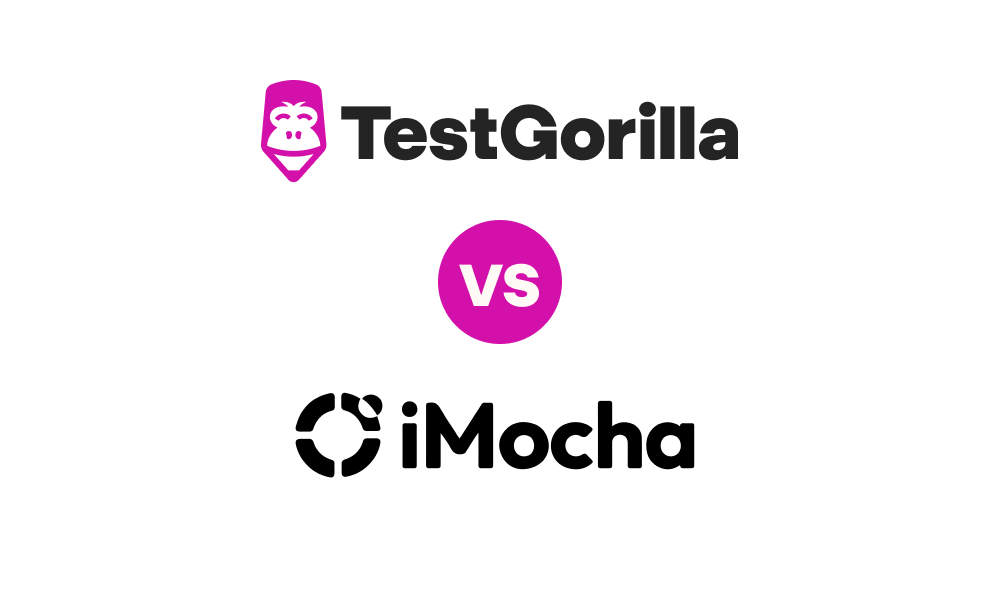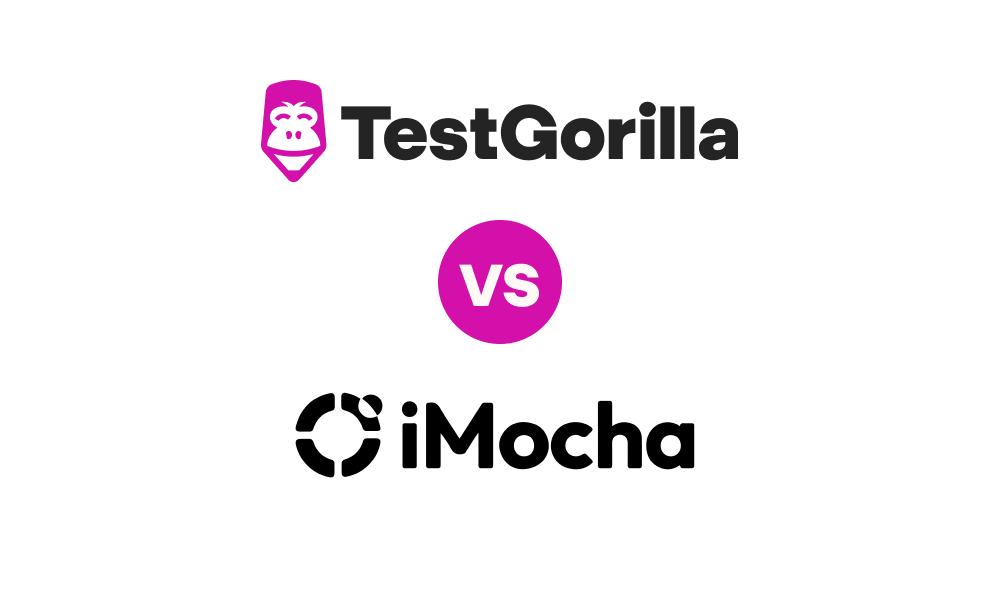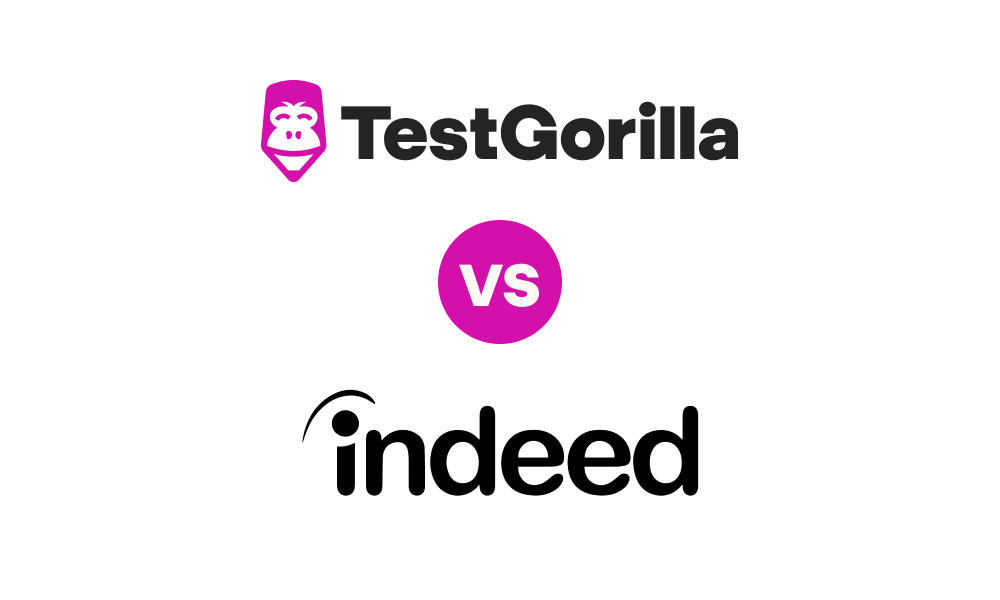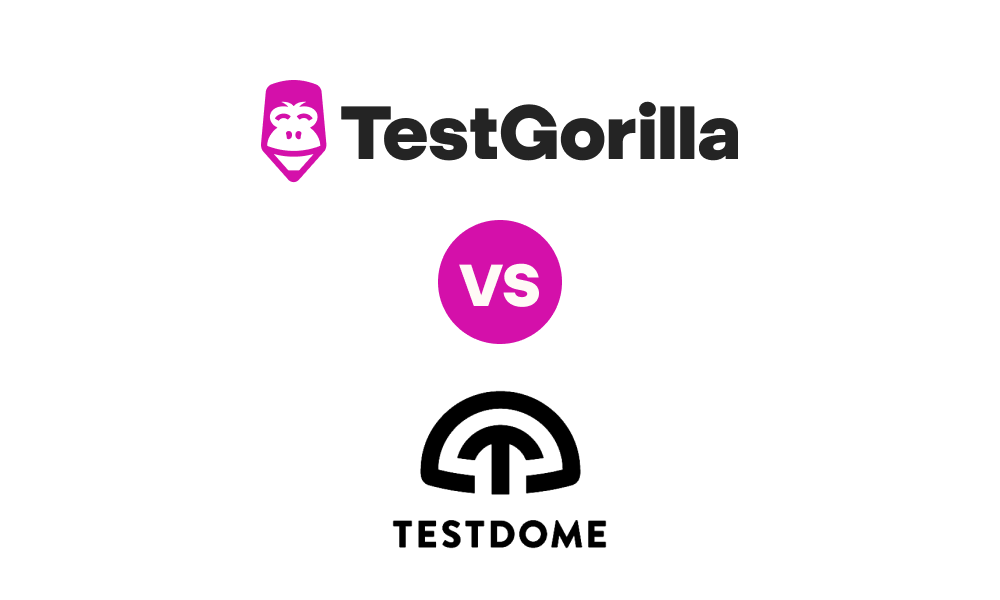The Family and Medical Leave Act (FMLA) applies to many businesses, enabling employees to take time off for serious health issues and family responsibilities.
FMLA leave offers employees flexibility and supports their wellness. However, managing FMLA leave can be tricky. For example, different rules may apply depending on whether an employee requests continuous or intermittent leave.
Incorrectly applying the FMLA can deny employees benefits they’re entitled to, potentially leading to investigation and corrective action by the Department of Labor (DOL). Serious or repeat violations may even result in legal action.
In this article, we take a closer look at intermittent FMLA leave in particular, including which employees are eligible for it.
We also look at the application process for intermittent leave and give real-life examples of how your employees may use intermittent leave under the FMLA.
Table of contents
What is intermittent FMLA?
Intermittent FMLA is FMLA leave taken in separate, non-consecutive periods for a single qualifying reason.
For context, it’s helpful to understand the FMLA more generally, including the qualifying reasons employees can use it.
The FMLA is a federal law that gives some employees job-protected, unpaid leave for certain medical and family-related reasons. Eligible employees can access FMLA leave for these qualifying reasons:
When they have a serious health condition that prevents them from working
To care for a child, spouse, or parent with a serious health condition
For bonding with a newborn, recently adopted, or newly placed foster child
Due to reasons related to a family member’s military service, including deployment and where the family member has a service-related injury or illness
According to the Department of Labor, a serious health condition is “an illness, injury, impairment, or physical or mental condition that involves either inpatient care or continuing treatment by a health care provider.”
Under the FMLA, eligible employees can take up to 12 weeks of leave in 12 months. This extends to 26 weeks if the leave relates to the care of a family service member with a serious health condition.
Employees can take FMLA leave in three ways:
All at once by taking 12 continuous weeks of leave
In separate blocks of time as needed, referred to as intermittent leave
By reducing their regular daily or weekly working hours, known as reduced schedule leave
Employees can only take intermittent FMLA to bond with a new child if the employer agrees to it. Eligible employees are automatically entitled to intermittent leave for other qualifying reasons.
FMLA leave isn’t paid, but employees can use their other accrued paid leave concurrently if it’s available. In fact, you can require employees to use their accrued paid leave when taking FMLA leave.
When an employee returns from a long absence under the FMLA, you must offer them the same or an equivalent position. An employee’s health insurance coverage must also continue during their FMLA leave.
What’s the difference between FMLA and intermittent FMLA?
While FMLA leave is taken continuously, intermittent FMLA leave is taken in separate, non-consecutive blocks of time. Neither can exceed 12 weeks in a year.
The DOL encourages employers and employees to work together to schedule intermittent leave to minimize disruption to the business. For operational reasons, it may be more practical to temporarily transfer an employee on intermittent leave to another role. You can do this only if the employee receives the same pay and benefits.
Difference between FMLA and sick leave
Certain states require employers to provide paid sick leave, while some businesses offer it as part of a competitive benefits package. The specific differences between sick leave and FMLA depend on the employer’s relevant policy.
In a nutshell, these are the main differences between FMLA and sick leave:
Sick leave is often paid, while FMLA leave is unpaid.
Sick leave is commonly used for minor illnesses or injuries requiring one or two days off, like a cold, while FMLA leave is designed for serious health conditions necessitating extended time off.
Sick leave is often capped at 40 hours a year. Under the FMLA, employees are entitled to up to 12 weeks of leave a year.
Who does and doesn’t qualify as an employee for intermittent leave
Employees must work for an employer covered by the FMLA in order to be eligible for any FMLA leave.
The FMLA applies to public agencies, local educational agencies, and private-sector businesses with 50 or more employees.
An employee must also:
Have worked for the business for at least 12 months
Have worked for the business for at least 1,250 hours in the 12 months immediately before their FMLA starts (equivalent to roughly 24 hours per week)
Work in a location where the employer has 50 employees in a 75-mile radius
Examples of intermittent FMLA
There are various situations where employees may need to take intermittent FMLA. Below are some examples.
Camille has diabetes, which occasionally flares up, making her unable to work for a few days every few months. She also needs time off to see her doctor once every two weeks.
Jack took three weeks of FMLA leave due to ongoing mental health issues. During this time, he was diagnosed with PTSD. He applies for intermittent FMLA leave to take a few more weeks off for recovery and to have the flexibility to continue to attend appointments with his psychiatrist when needed.
Azade’s wife was seriously injured in a car accident. Azade requests intermittent leave to take two weeks off when his wife is discharged from the hospital to help with her care. He also plans to take time off to support her during scheduled future surgeries and rehabilitation.
Francis’ daughter was injured while serving overseas with the US Army. Francis applies for intermittent FMLA leave to care for his daughter on her initial return home and then to accompany her to medical and rehabilitation appointments over the coming months.
The intermittent leave application process
Employees applying for intermittent FMLA must follow procedures under the FMLA and their employer’s leave policy. These are the general steps involved.
1. Timing of the request
Employee requests for FMLA should generally follow the notice periods in your leave policy.
If an employee can plan their intermittent FMLA leave, they must give you a minimum of 30 days' notice, if possible and practical. For instance, an employee can likely give you the minimum notice when requesting time off for scheduled surgery.
However, there are times when an employee may need to urgently request FMLA – for example, when receiving emergency medical care. In these instances, they must apply for the leave as soon as possible and practical.
When first requesting intermittent FMLA, the employee doesn’t have to refer to FMLA leave specifically. But they do need to provide you with enough information for you to know whether or not the FMLA applies to their situation.
2. Notification of eligibility
You must advise the employee if they’re eligible for FMLA within five business days of their request.
If they qualify, you must tell the employee their FMLA rights and responsibilities and whether they need to provide medical certification.
3. Medical certification
You can require medical certification for intermittent FMLA leave requests for the serious health condition of an employee or family member or military family leave. Employees must provide certification within 15 calendar days.
The certification doesn’t have to detail their diagnosis. However, it must contain details like the contact information for their healthcare provider, how long the condition is expected to last, and whether the employee requires continuous or intermittent leave.
For intermittent leave, you can request additional details such as the length and dates of their absence and evidence of the medical necessity of intermittent leave.
4. Inform the employee
You must notify the employee whether their leave has been designated (approved) as FMLA within five business days.
Support FMLA compliance with pre-employment testing
Intermittent FMLA allows employees the flexibility to take time off to manage serious health conditions and their family responsibilities. By understanding who’s eligible for intermittent FMLA and the application process, you can manage it effectively in your organization.
The FMLA is just one employment law that may apply to your business. When hiring your HR team, you need candidates with the right skills to manage compliance with these laws and regulations.
Using a pre-employment testing platform to assess relevant job-specific skills, like US Employment Law and Business Ethics and Compliance, is a great way to ensure you hire the right person for the job.
TestGorilla offers more than 300 scientifically validated tests to help you gain deeper, bias-free insights into your candidates' skills, abilities, and personalities. Explore our product tour and sign up for our free plan today.
Disclaimer
The information in this article is a general summary for informational purposes and is not intended to be legal advice. Laws are subject to constant change, and their application varies based on your individual circumstances. You should always seek legal advice from a qualified attorney about your legal obligations as an employer. While this summary is intended to be informative, we cannot guarantee its accuracy or applicability to your situation.
Related posts
Hire the best candidates with TestGorilla
Create pre-employment assessments in minutes to screen candidates, save time, and hire the best talent.
Latest posts
The best advice in pre-employment testing, in your inbox.
No spam. Unsubscribe at any time.

Hire the best. No bias. No stress.
Our screening tests identify the best candidates and make your hiring decisions faster, easier, and bias-free.
Free resources
This checklist covers key features you should look for when choosing a skills testing platform
This resource will help you develop an onboarding checklist for new hires.
How to assess your candidates' attention to detail.
Learn how to get human resources certified through HRCI or SHRM.
Learn how you can improve the level of talent at your company.
Learn how CapitalT reduced hiring bias with online skills assessments.
Learn how to make the resume process more efficient and more effective.
Improve your hiring strategy with these 7 critical recruitment metrics.
Learn how Sukhi decreased time spent reviewing resumes by 83%!
Hire more efficiently with these hacks that 99% of recruiters aren't using.
Make a business case for diversity and inclusion initiatives with this data.



















